-
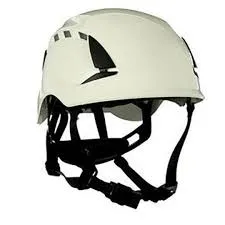
HARD HATS VS SAFETY HELMETS: WHAT’S THE DIFFERENCE?
The information contained on this page is for promotional and informational purposes only. All equipment should be used by trained professional tradesmen who have been trained how to use the equipment described on this page, and understand the risks of their work. PowerPak assumes no responsibility for errors or omissions in the use or misuse of any product purchased. In no event shall PowerPak be liable for any direct, special, indirect, consequential, or incidental damages or any damages whatsoever, whether in an action of contract, negligence or other torts, arising out of or in connection with the use of this information or the contents of this page. PowerPak reserves the right to make additions, deletions, or modifications to the contents on this page at any time without prior notice.Read more -
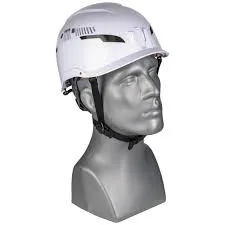
How to correctly clean and maintain your helmet
A motorcycle helmet is the most important item any rider must carry with him every time he sets out for a ride. It performs the vital job of protecting your head in the event of a crash. Besides that, it also protects your face from dust and keeps your head insulated in the most extreme weather conditions. You feel comfortable wearing it. No matter how expensive, high end and a stylish helmet you buy it’s all about maintenance. You don’t want it to look grim and beaten up within a few months. So here we will share some tips following which your helmet will keep you safe for years.Read more -
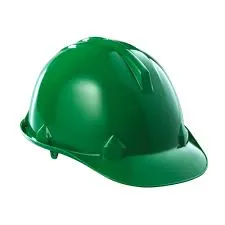
Helmet Safety Tips
Always wear a helmet. You should wear a helmet regardless of your age or experience whenever you bike, skate, ski or participate in other activities in which your head is vulnerable to injury.Wearing a bike helmet reduces the risk of serious head or brain injury by 85 percent. Wear a helmet during every ride, no matter the distance you bike.Children ages 5 to 14 have the highest injury rate of all bicycle riders. Bike accidents are a leading cause of death for children. In 2012, bike-related crashes killed 900 individuals and injured more than 532,000.Read more -
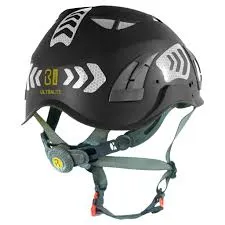
The 4 Do’s and Don’ts of Helmet Care
Treating your helmet right is important for its longevity and safety. Here are 4 tips for helmet care that will keep your helmet working at its best situation—and help you figure out when it’s time to buy a new one.Read more -
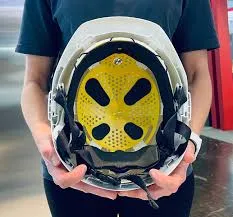
Helmet Maintenance and Care Tips for Longevity
Remember, your helmet is your first line of defense against head injuries. By following these maintenance tips, you'll ensure that your helmet remains reliable and protective throughout its lifespan.Read more -
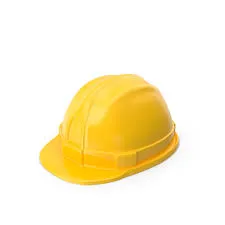
Helmet Care and Maintenance: Keeping Your Gear in Top Shape
In the world of adventure and safety, your helmet is not just an accessory but a vital piece of gear that stands between you and potential harm. Whether you're a cyclist navigating the urban jungle, a motorcyclist cruising the highways, or a skier descending the snowy slopes, your helmet is your best ally. Given its significance, understanding how to properly care for and maintain your helmet is crucial. This comprehensive guide will walk you through everything you need to keep your helmet in top shape, ensuring it provides the maximum level of protection whenever you need it.Read more -
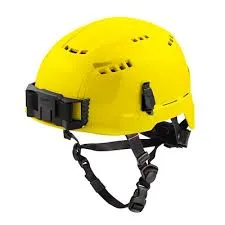
How To Clean Helmet: 7 Effective Strategies for Cleaning Your Helmet
Helmets are an essential part of maintaining safety while riding a motorcycle. Wearing a helmet every time you go out on a motorcycle ride can protect your head and face from unexpected injuries. However, wearing helmets over and over can bring out the question of cleanliness and hygiene.Motorcycle helmets are a compact space and get into direct contact with your face every time you wear them. Not cleaning your helmet from time to time can lead to the build-up of oil, dirt and sweat stains. Regularly cleaning your helmet can maintain hygiene and keep things comfortable as well as safe while riding. It can also extend the life of your helmet and keep it in good condition.Join us as we discuss how to wash helmets and what are the best strategies to do it in this blog.Read more -
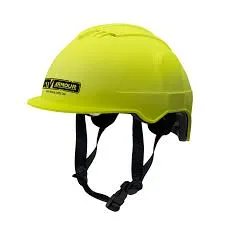
Maintenance of Hard Hats
Frequently we see clients give staff personal protective equipment, but provide no guidance on how to care for the equipment to ensure it continues to provide protection. In this article we look at some general Do’s and Don’ts for ensuring hard hats provide maximum protection for the maximum time.First of all, let’s look at the components of a hard hat. There will be some minor variations however your hard hat will at least have a suspension harness and a means to adjust the headband. It may also have ventilation holes, ear muff and face shield adaptors. There are a variety of accessories you can purchase for hard hat use, such as cooling caps and protective caps for staff who have no hair on their heads.Read more -
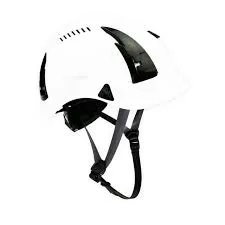
10 tips for helmet safety
Each year approximately 600,000 people suffer from bicycle-related injuries that require hospital emergency room treatment — 250 of these children will die from bicycle-related injuries.A helmet is the single most effective way to help reduce head injury and death from bicycle crashes. Helmets have been shown to reduce the risk of head injury by as much as 85 percent and the risk of brain injury by as much as 88 percent. Approximately 75 percent of bicycle-related fatalities could have been prevented by wearing a properly fitted helmet.Read more
Email :
person0317@163.com
